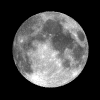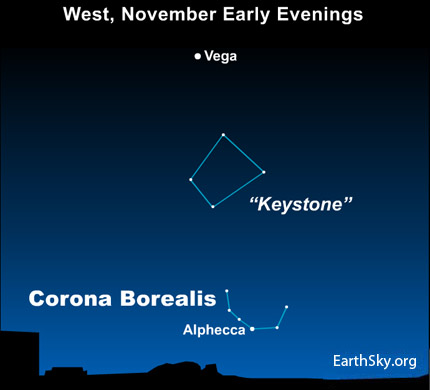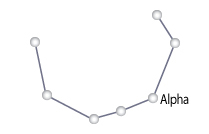Courtesy of EarthSky
A Clear Voice for Science
Visit EarthSky at
www.EarthSky.org

 At nightfall and early evening, the bowl-shaped constellation Corona Borealis – the Northern Crown – shines to the lower right of the star Vega, close to your western horizon. Can you spot brilliant Vega shining rather high in the western sky at nightfall? It can guide you to the Northern Crown.
At nightfall and early evening, the bowl-shaped constellation Corona Borealis – the Northern Crown – shines to the lower right of the star Vega, close to your western horizon. Can you spot brilliant Vega shining rather high in the western sky at nightfall? It can guide you to the Northern Crown.
You will need a dark sky to see the Northern Crown, which is a glittery semicircle of stars. See the pattern of The Keystone? It is part of the constellation Hercules, and it lies between Vega and the Northern Crown. So, you would be star-hopping from Vega, to the Keystone, to the Crown.

The Alpha star or brightest star in the Northern Crown is called by two names: Alphecca and Gemma. The star name Gemma means ‘bright one of the dish.’
The Micmac Indians living in southeastern Canada see this C-shaped configuration as the Bear’s Den, the home of Celestial Bear. For a few weeks at this time of year, Corona Borealis (the Bear’s Den) is seen in the western sky after dusk – and then, in the eastern sky before dawn. This double feature announces the coming of hibernation season.
Meanwhile, the Pawnee of the Great America Plains called Corona Borealis the Circle of Chiefs, noting that this star formation and the Pleiades star cluster trade places in the sky every 12 hours.
Written by Bruce McClure
Astronomy Picture of the Day from NASA/JPL
U.S. Naval Observator Astronomical Information center
The York County Astronomical Society